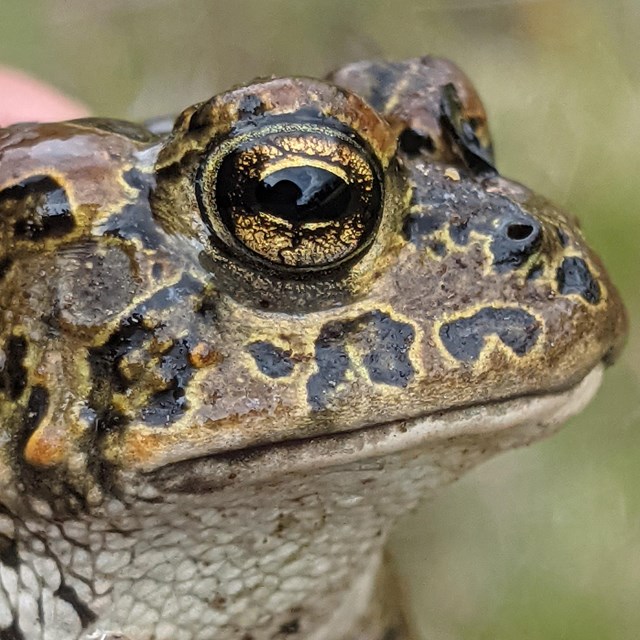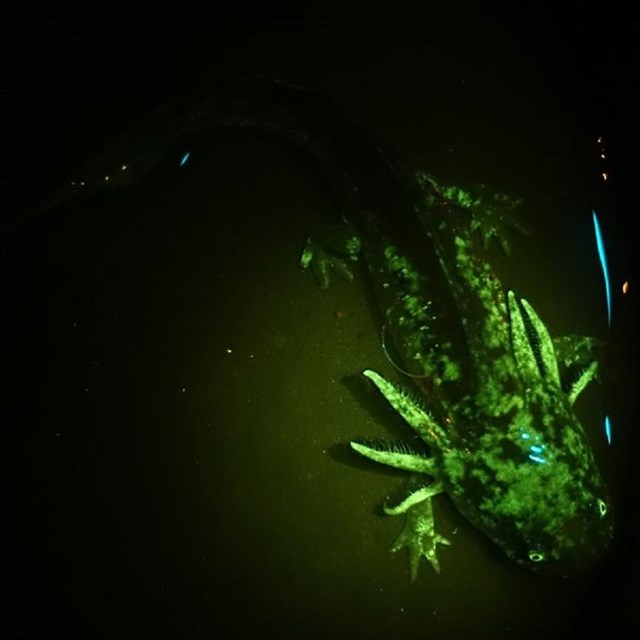Last updated: May 5, 2025
Article
Celebrate Amphibian Week

NPS / Getter
Amphibian Week is the first full week of May!
You may wonder, why do amphibians need this special recognition? For starters, amphibians are unique. They begin their lives in the water, but most of their adult life is on land. And they are ectothermic, meaning their body temperature relies on external sources, like a rock heated by the sun or a river or lake. Amphibians are sensitive to invasive species, drought, disease, and other changes where they live. So researchers study amphibians because they often show early signs of stressors, like disease and climate change.
There’s another reason to recognize amphibians this week: many are in danger. About one third of all amphibian species are in danger of extinction. Many animals rely on amphibians for food, so when they die off, it affects the entire natural area. Some of the threats amphibians face include disease (like the ranavirus or chytrid fungus), changes in snowpack/rainfall, loss of wetlands, and splitting up their habitats. We need amphibians, and now they need us.
Join the movement on Facebook, Twitter, and Instagram! All week Partners in Amphibian and Reptile Conservation (PARC) and other partners will be sharing information about amphibians, how important they are, the threats they face, and how you can help them. Use #AmphibianWeek to share.
Featured Articles
-
 Species in the Spotlight: Yosemite Toad
Species in the Spotlight: Yosemite ToadThe Yosemite toad is listed as a Federally Threatened Species due to population decline. Find out more in this Species in the Spotlight.
-
 Biofluorescent Salamanders
Biofluorescent SalamandersDid you know that some amphibians glow? In 2021, scientists documented biofluorescence in tiger salamanders for the first time.
-
 Scientists Update Species Lists
Scientists Update Species ListsThe NPS now has an up-to-date amphibian species checklist for almost 300 parks.
